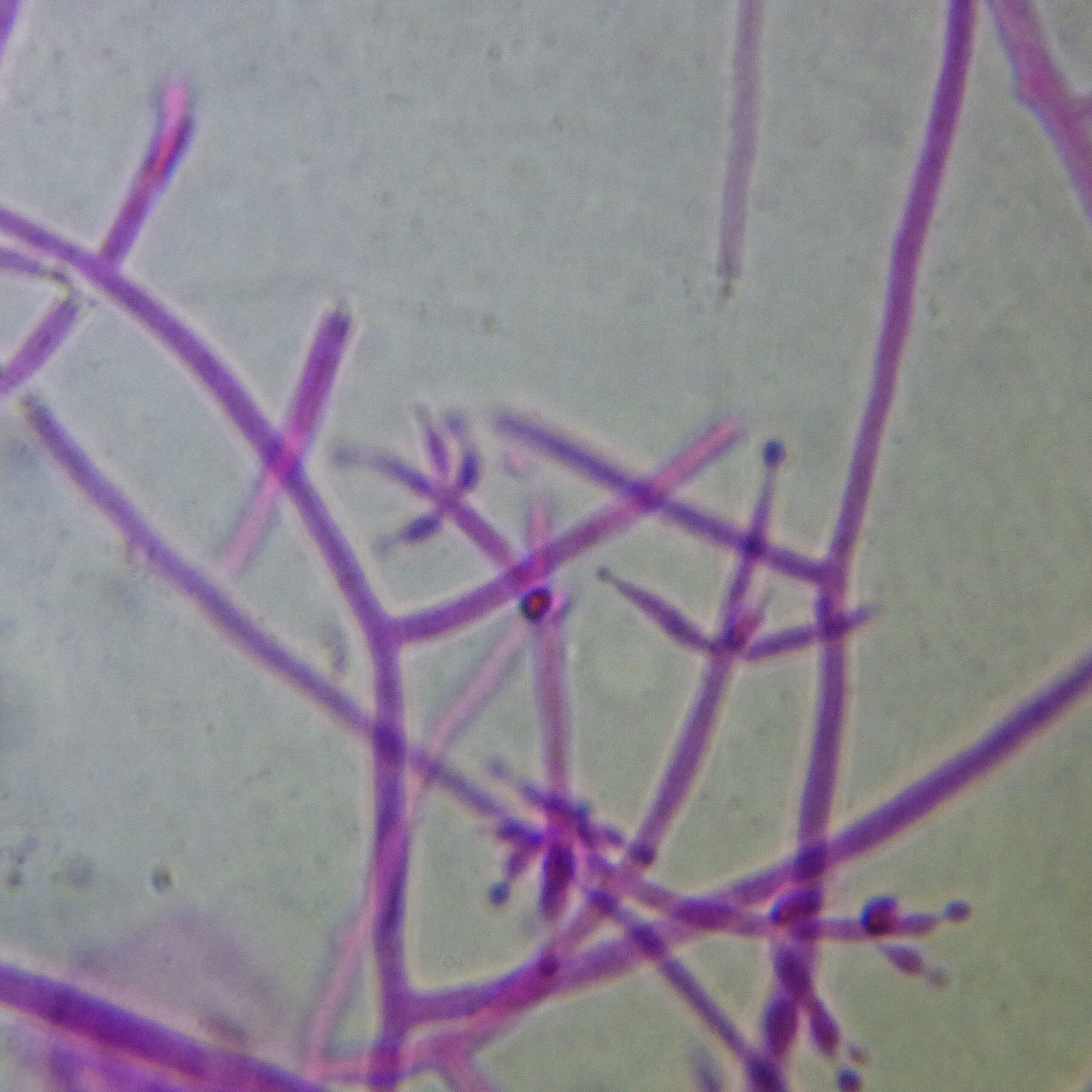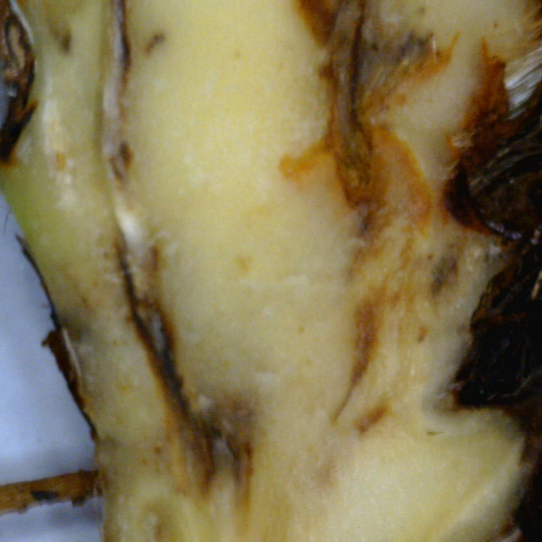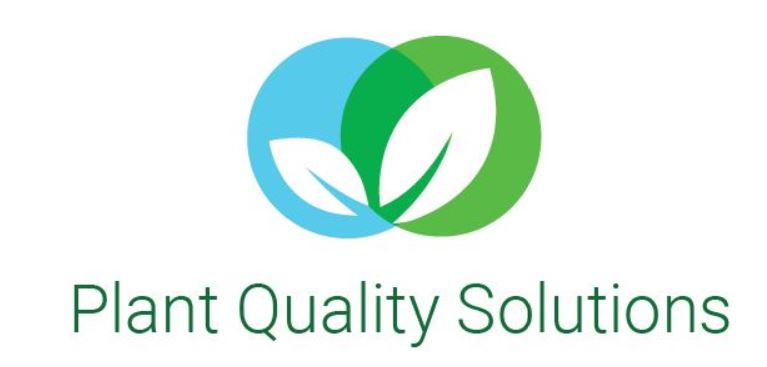Diagnosis
For diagnostics we use a mixture of classic and molecular identification techniques. Whether it is an ornamental, vegetable or fruit, a fungus is a fungus and a virus a virus.
In our work a key principle is that the diagnosis should explain the symptoms. The mere presence of a microbe (in the surroundings of) a plant does not necessarily mean the culprit has been found. We believe that it is needed to not only give the test results, but also an interpretation of these results for a useful diagnose.


Root cause analysis and best management practices
If there has been an incident in your crop and want to know how this happened and how to prevent this in the future the next step after diagnosis is a root cause analysis. Plant growing conditions, the history of events, susceptibilities and many other aspects are taken into account to find the most likely cause for the incident.
Next step will be to propose solutions in best management practices. That could mean: different growing conditions of the plants, changes in fertilization, and other hygiene measures. Crop protection products can also be used, but since the legal guidelines differ greatly between countries we will refer to the local autohorities or crop protection specialist for these options.
